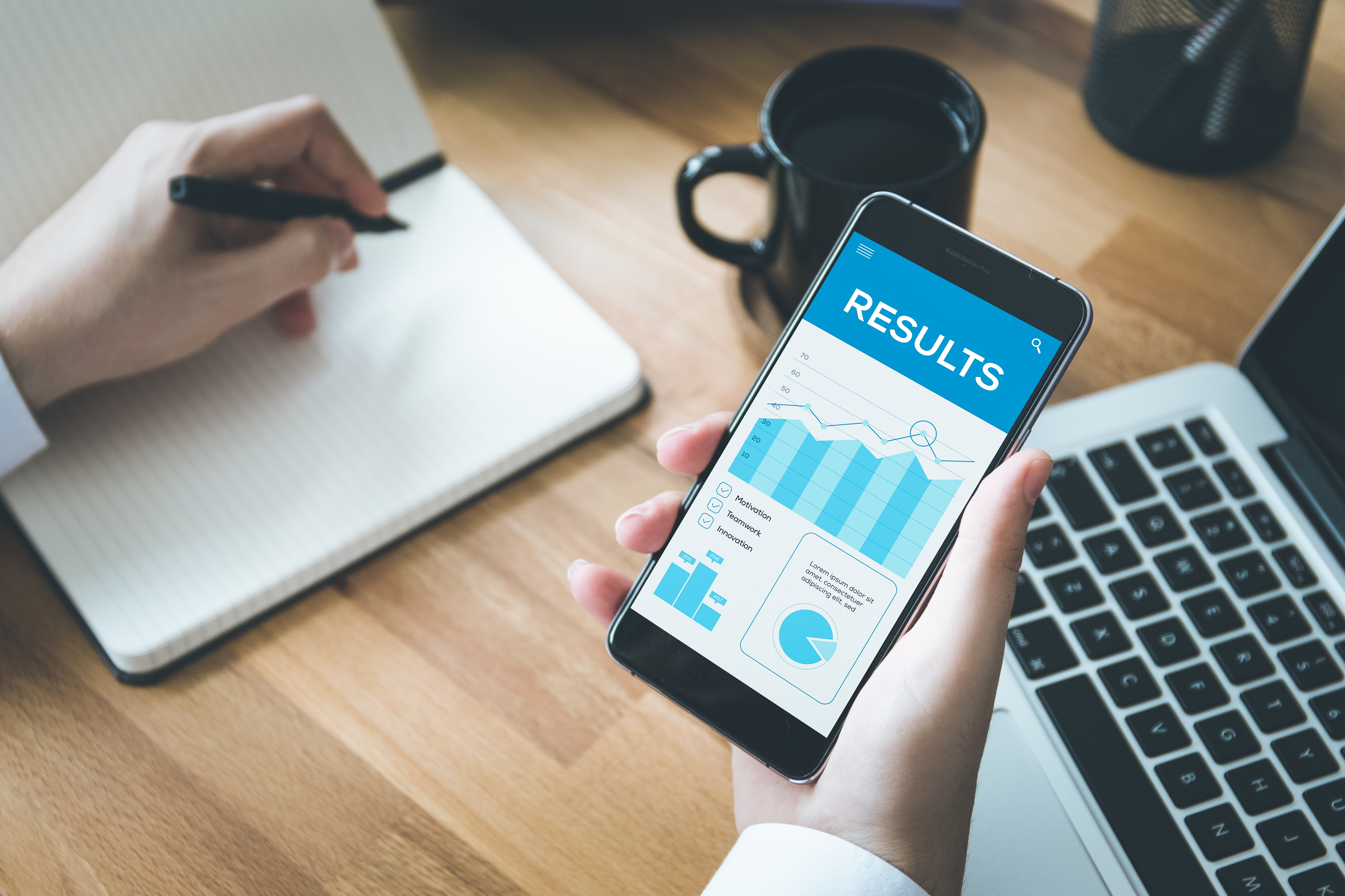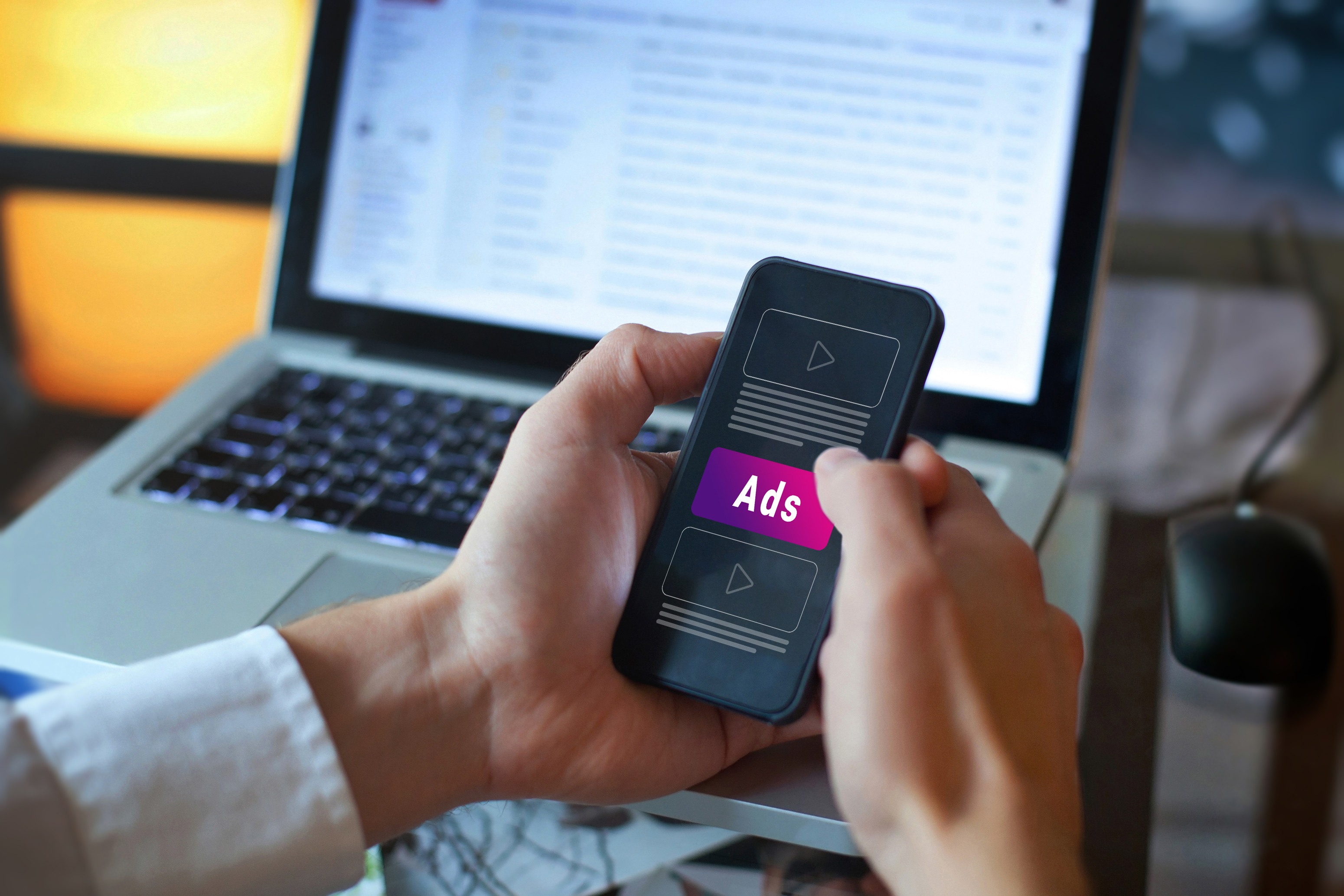
Cutting-Edge Marketing to Grow Your Business.

If you're running a business, it's important to know how to convert incoming leads into customers. And one of the most effective ways to do that is through proper website conversion strategies. Using calls-to-action, forms, and website usability, you can encourage visitors to provide their contact information or download content assets. And by making your website more user friendly, you can ensure that potential customers have an easy path to conversion.
But, in inbound marketing, conversion rates have very little to do with website design. This marketing approach has more to do about the relationship you create with prospects and customers through content offers, marketing messaging and stories than the actual design of your site. Don't think that design doesn't have any influence in buying decisions, though. If you have a horribly designed website, you'll still have bad conversion rates. This means that, even though design influences your prospects and customers in their buyer's journey, it is your combination of visual solutions and content that will ultimately make an impact on your conversion. This is more of a marketing challenge and not a website design challenge.
So if you're looking for tips on how to improve your website's conversion rate, be sure to read this article. It provides in-depth information on how to use each of these strategies effectively.
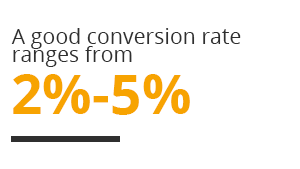
In inbound marketing, website conversion is the process of turning website visitors into leads. This can be done by using calls-to-action, forms, and website usability to encourage visitors to provide their contact information or download content assets. And by making your website more user friendly, you can ensure that potential customers have an easy path to conversion.
A good conversion rate ranges from 2%-5%, but they will vary depending on your industry, target audience (age, income, profession, etc.) and your conversion goals (clicks, checkouts, sign ups, etc.).
But conversion rates are not just about revenue. Two of the most relevant factors in conversion rates are the fact that you can measure:
In a nutshell, variables such as overall experience, audience, usability and more can make or break the path to website conversion and influence the sales cycle. So if you're looking for tips on how to improve your website's conversion rate, be sure to read this article. It provides in-depth information on how to use each of these strategies effectively.
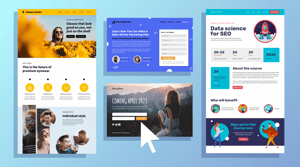
Landing pages are a valuable inbound marketing tool for increasing website conversion rates. Landing pages provide more in-depth information about an offer, product or service in order to give users more context and get them to take action. Landing pages should be tailored towards the specific audience in terms of content and visuals. By using targeted landing pages, in conjunction with calls-to-action and other inbound marketing strategies, you can encourage more website visitors to become leads in your sales funnel. Don't forget that it's important to optimize your landing pages for search in order to ensure that they appear in relevant search results and drive more traffic.
With these techniques, you can start seeing better website conversion rates in no time. So if you're looking to improve your inbound marketing efforts and drive more leads, be sure to incorporate landing pages into your strategy.
 Calls-to-action (CTAs) are an important inbound marketing tool in any website conversion strategy and should be used in order to communicate to website visitors what action you want them to take. By providing clear, concise instructions in their CTAs, businesses can make it easier for potential customers to quickly understand what they need to do in order to become a lead in the sales funnel.
Calls-to-action (CTAs) are an important inbound marketing tool in any website conversion strategy and should be used in order to communicate to website visitors what action you want them to take. By providing clear, concise instructions in their CTAs, businesses can make it easier for potential customers to quickly understand what they need to do in order to become a lead in the sales funnel.
Creating effective calls-to-action requires careful consideration in how you craft your message and design the button itself. Make sure that you are using action words such as “Download” or “Subscribe” that clearly communicate the desired outcome of clicking on the CTA. Additionally, consider including limited time offers, discounts or other incentives in your CTAs in order to encourage more conversions. The overall goal of your CTAs should be driving website visitors further into the customer's journey and giving them an easy path towards engagement with your brand.
Experiment with the use of colors and different sizes or shapes in order to find out which ones work best for your target audience. Finally, don't forget to test different copy in your CTA buttons in order to optimize their performance; this includes testing different headlines, texts and images within the button itself.
By using these techniques, businesses can start seeing improved website conversion rates in no time at all. By having a clear understanding of how customers interact with their websites and what messages resonate most effectively when communicated through calls-to-action, they can achieve better results in converting more visitors into leads. So if you're looking for tips on how to improve your website's conversion rate, be sure to incorporate calls-to-action into your online strategy!
Short forms are ideal for capturing simple bits of information, such as a name and email address. They are easy to complete and help reduce the time it takes to gather data from potential customers. Long forms, on the other hand, are more in-depth and can be used to collect detailed information about a customer's needs and preferences.
Which type of form you should use depends on what you're trying to achieve and where your prospect or customer is in their buyer's journey. By using the right type of form for your purposes, you can ensure that you're getting the most out of your potential customers.
Making your website user friendly is a critical part in converting website visitors into leads. By ensuring that your website is easy to navigate and provides a positive user experience, you can encourage more people to stick around and learn more about what you have to offer.
In order to make your website more user friendly, start by considering the needs of your target audience. What are their pain points? What are they looking for on your website? Once you have a good understanding of what they need, make sure that you design your website in a way that meets those needs. This includes using an easy-to-navigate layout, providing clear calls-to-action and making it easy for customers to find the information they're looking for.
Additionally, make sure your website works on all devices and major browsers so you can minimize difficulties or frustration. By addressing these issues, you can make it easier for customers to interact with your brand and increase the chances that they'll convert into leads.
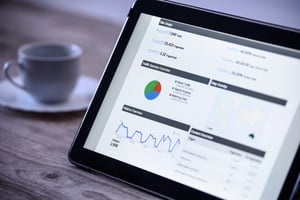
Testing and measuring the results of your conversion strategies is a critical part in determining their effectiveness. By tracking the number of conversions you're getting from your website, you can start to see what's working and what needs improvement.
There are a variety of different tools and methods you can use for tracking conversions, each with its own benefits and drawbacks. Here are some of the most common methods:
Inbound marketing is a great way to attract more website visitors and convert them into leads. By using effective calls-to-action, forms and website usability techniques, you can drive more people towards your conversion goals. Additionally, by tracking the results of your conversion strategies, you can continue to improve their effectiveness over time.



Lorem Ipsum is a simple dummy text used as a dummy text contents. Lorem ipsum will be replaced. Lorem Ipsum is a simple dummy text used as a dummy text contents. Lorem ipsum will be replaced.Lorem Ipsum is a simple dummy text used as a dummy text contents. Lorem ipsum will be replaced.
